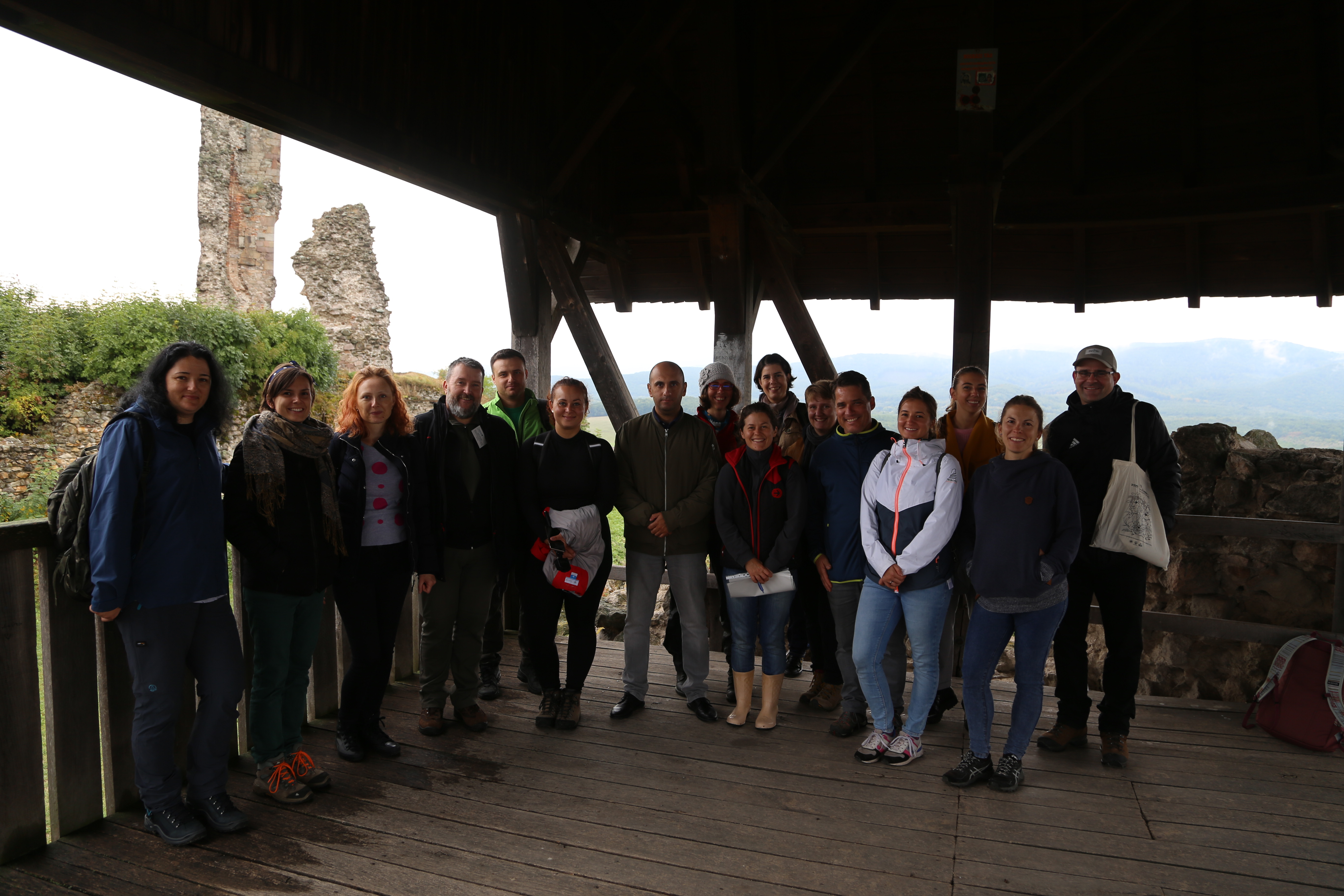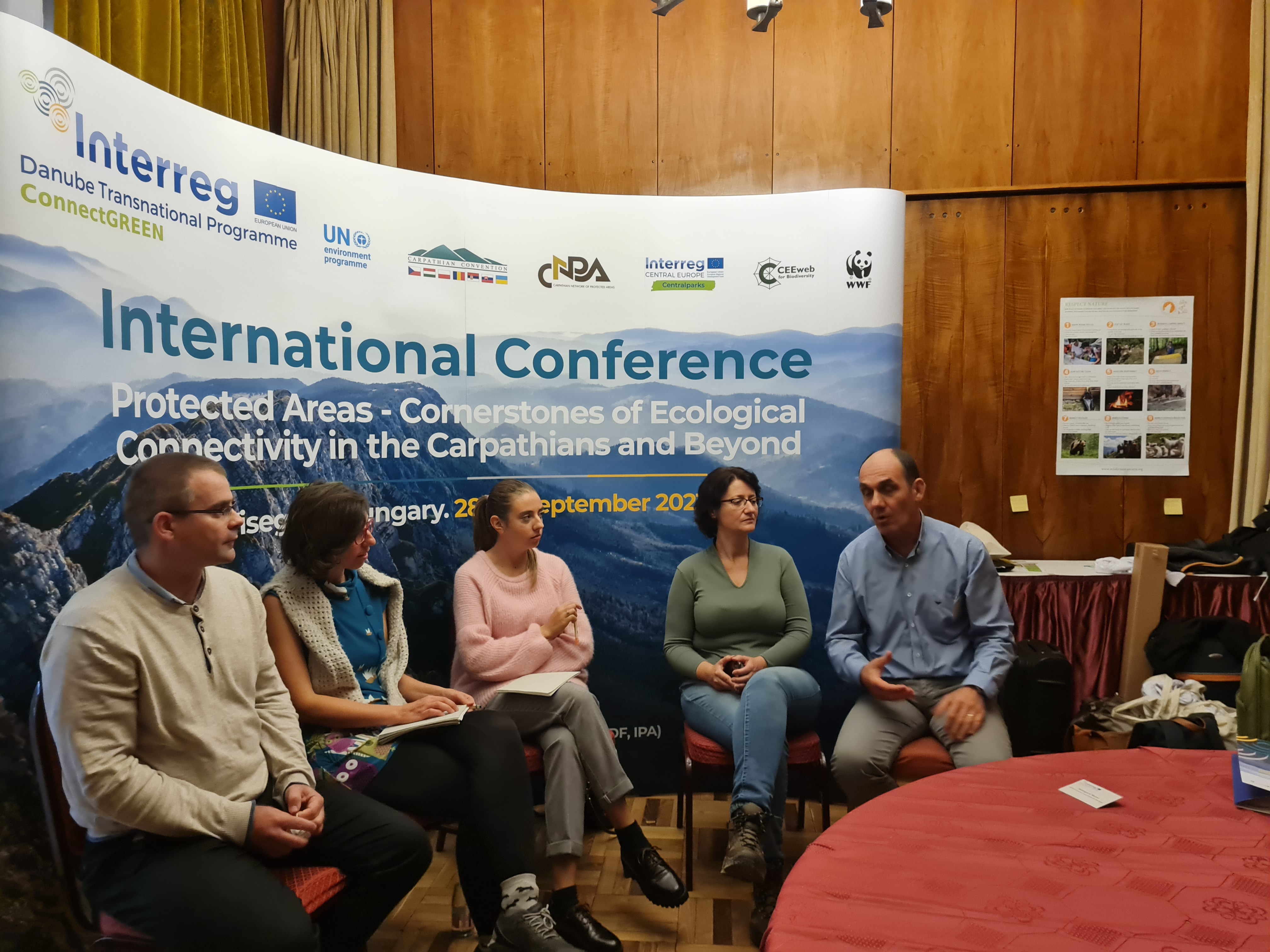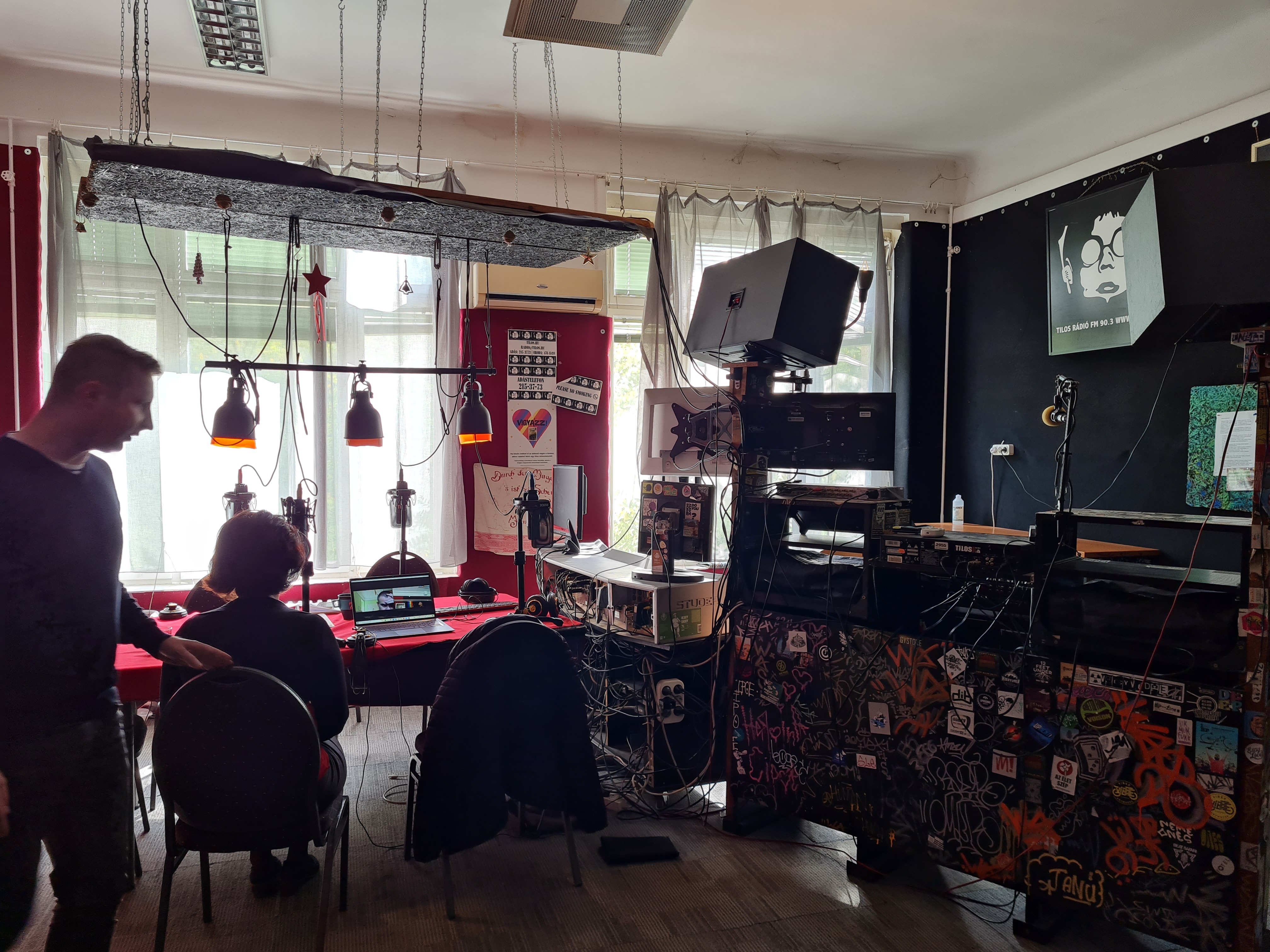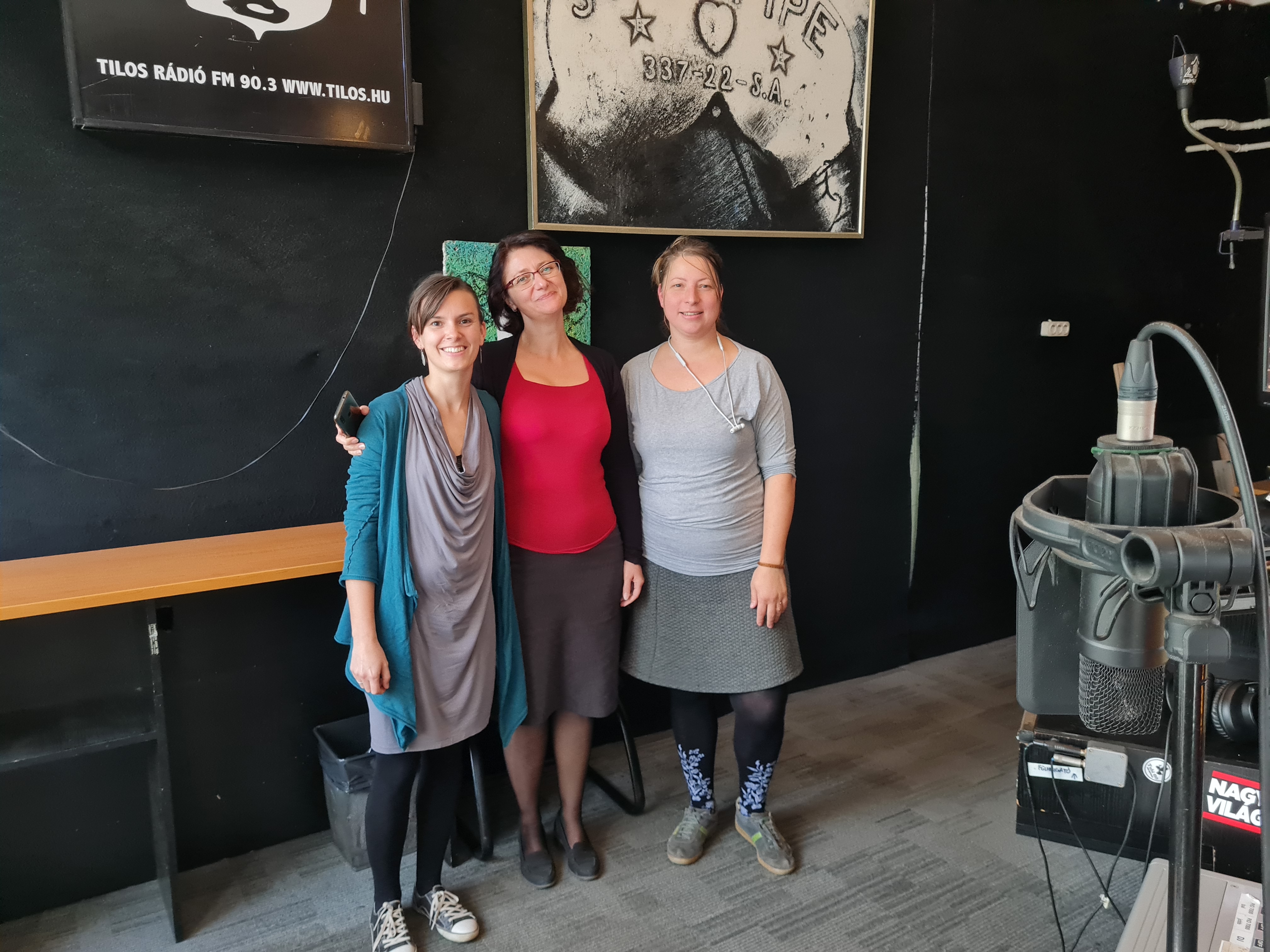SaveGREEN - Taking in the full view: press field trip to Nógrád
15-11-2021
“Down below, next to the field, runs a narrow corridor lined with trees and bushes,” András Weiperth form MATE university pointed out. “That’s the most likely route for wolves passing through the area.”
This is interesting enough information for the casual observer, but what if you happened to own the land? How would you react to learning about the presence and activity of wolves? Should it be a concern? Should you do something about it? What might local farmers or hunters have to say? Or is it a matter to be settled by government or wildlife authorities? Is there anyone with relevant jurisdiction to address such issues?
These are some of the questions that participants raised during a press field trip to Nógrád in north-central Hungary, hosted by SaveGREEN project partner CEEweb. The excursion, which took place following the ConnectGREEN final conference, included members of the press, representatives from Zöldbolt magazine and the GreenAdvisor YouTube channel, and other relevant stakeholders.
 Group photo at Nógrád Castle. © Emese Rabné, CEEweb
Group photo at Nógrád Castle. © Emese Rabné, CEEweb
Bad weather forced the cancellation of a planned canoe trip at the pilot area, but participants did brave the elements for a trek to Nógrád Castle and an impressive view of the other side of the Nógrád pilot area. Experts from CEEweb and the Hungarian University of Agriculture and Life Sciences (MATE) covered a wide range of topics during the trip, giving participants an opportunity to learn more about local wildlife, changes in land use over the years, impacts of railway infrastructure on the area’s ecological corridors, and the ongoing fieldwork and monitoring programme.
In addition to discussing some of the area’s other environmental and social problems, the experts highlighted site-specific points of interest and provided interesting background of the Palóc cultural heritage.
Bad weather forced the cancellation of a planned canoe trip at the pilot area, but participants did brave the elements for a trek to Nógrád Castle and an impressive view of the other side of the Nógrád pilot area. Experts from CEEweb and the Hungarian University of Agriculture and Life Sciences (MATE) covered a wide range of topics during the trip, giving participants an opportunity to learn more about local wildlife, changes in land use over the years, impacts of railway infrastructure on the area’s ecological corridors, and the ongoing fieldwork and monitoring programme.
In addition to discussing some of the area’s other environmental and social problems, the experts highlighted site-specific points of interest and provided interesting background of the Palóc cultural heritage.

Press conference with Zöldbolt magazine, the GreenAdvisor YouTube channel, and Radio Tilos on ecological connectivity.
© Eszter Sebestyén, Emese Rabné CEEweb
Getting the word out
The day after the field trip, Hungary’s fifth most-popular radio channel, Tilos Radio, hosted three experts – Dr. Gabriella Nagy, Eszter Sebestyén (CEEweb), and Dr. András Weiperth (MATE) – for a 90-minute discussion on the importance of ecological corridors. Listeners were able to phone in with questions during the live broadcast.
Events such as these advance our key project aim of helping to start a broad, public dialogue on issues related to ecological connectivity, such as habitat and wildlife protection, the importance of ecological corridors, and potential stakeholder conflicts.


Tilos Radio interview on ecological connectivity. © Eszter Sebestyén, CEEweb
Decisions and perspective
We’re all part of a bigger system, and we can no longer pretend otherwise. What we eat for breakfast or where we build a road are all important decisions. Some might interpret the fact that large carnivores are coming back to areas from which they’ve not been see for years as an encouraging sign of successful restoration actions; others might see such a reappearance as an unwelcome intrusion. We can never be certain about a how system works without taking in the full view. In creating the infrastructure we need for human society, we also need heightened awareness and greater knowledge of the world around us, and we must relearn the rules of establish our peaceful co-existence nature and all its creatures.
Projects like SaveGREEN have huge potential to bring such topics closer to the public, while at the same time providing a platform for cooperative and forward-looking discussion.
Follow our social media channels on Facebook and Twitter to stay updated, or subscribe to our newsletter to gain project insights! Save nature: SaveGREEN!
Author:
Eszter Sebestyén, CEEweb
